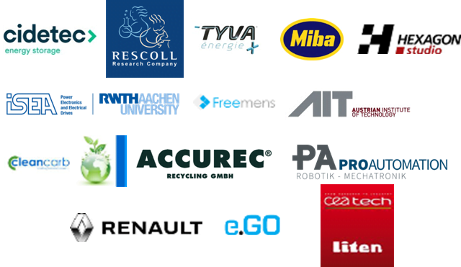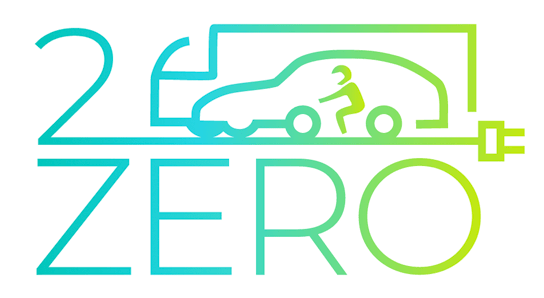iModBatt

- Website: https://cidetec.es/imodbatt/en/
Industrial Modular Battery Pack Concept Addressing High Energy Density, Environmental Friendliness, Flexibility and Cost Efficiency for Automotive Applications
iModBatt answers to the Physical integration of hybrid and electric vehicle batteries at pack level aiming at increased energy density and efficiency request of the GV-06-2017 topic of the Horizon 2020 programme. The aim of iModBatt is to design and manufacture, with minimum environmental impact, a high energy density modular battery pack (BP), flexible enough to be used in automotive and small stationary applications. This BP will be suitable for industrial automated assembly with an easy disassembly design, to make possible the shift from primary applications to secondary ones, and to facilitate the pack recyclability or parts replacement if necessary.
The project concept is built around an already existing technologically breakthrough, modular BP design primarily developed for speciality applications, that has proven excellent performance and cost-efficiency in such a manner that higher ambition, wider spread electric vehicle applications seem the natural next developmental step for such a concept.
The project focuses on the maximization of the energy density of a lithium-ion pack through the optimization of the structural design and components of a BP for a given cell form factor. In this sense the strategy is to increase the energy density by reducing the weight of the BP while keeping structural integrity and easy assembly and manufacturing. Chemistry and BMS work is beyond the scope of the project, which focuses on the structural design and manufacturing.
One of the main targets of iModBatt is to increase the BP energy density by minimizing its weight. Alternative mechanical attachments between modules are proposed and conductive layers used to minimize wiring. Thermoplastic material is added to lower the weight of the cooling system and a main light cooling system independent from the vehicle is developed. The second important target focuses on automated BP industrial manufacturing by an assembly unit designed within the project. BP design is led by European industry and ruled by eco-design recommendations and smart recyclability based on cell status check is implemented. Final validation is accomplished at laboratory and in Renault Zoe EV. Additionally to this main goal the second use and reuse scenarios are validated in a stationary energy storage application.
The Consortium includes industrial partners of every step of the BP value chain, including automotive OEMs, battery parts manufacturers as well as leading European research centres with ample experience in the field of batteries.
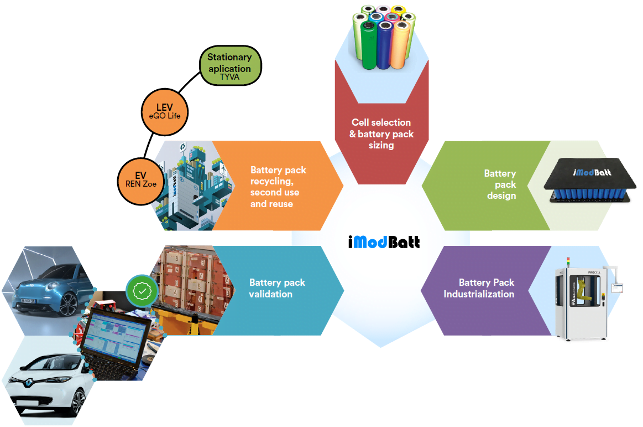
Figure 1: The iModBatt concept
Specific objectives
1. Increase in BP energy density, based on an already existing breakthrough modular battery concept around 20% compared to the current Renault Zoe EV BP.
- Selection of Li-ion commercial high energy density cells for the defined application.
- BP effective packaging.
- Design of a lightweight modular BP structure introducing thermoplastic materials.
- Reduction of wiring.
- Use of low volume thin materials and thermal interface materials.
2. Reduction of the BP integration cost by the introduction of an automated smart manufacturing unit and optimization of recyclability during manufacturing. This reduction is > 20 % if compared to current massively used semi-manual methods.
- BP module automated assembly.
- Implementation of smart recycling concept within manufacturing layout.
- Cell flexibility per module.
- BP modularity impacts on production flexibility.
- Increase in the time value of the BP due to the expected life extension.
3. Enhance the value of European SMEs and large industries by their leadership in the project activities.
4. Contribute to climate action by ruling the whole BP design and BP manufacturing definition by eco-design recommendations and defining a smart recycling methodology.
5. Create the BP design and manufacturing conditions so that a second life and/or reuse of BPs are feasible.
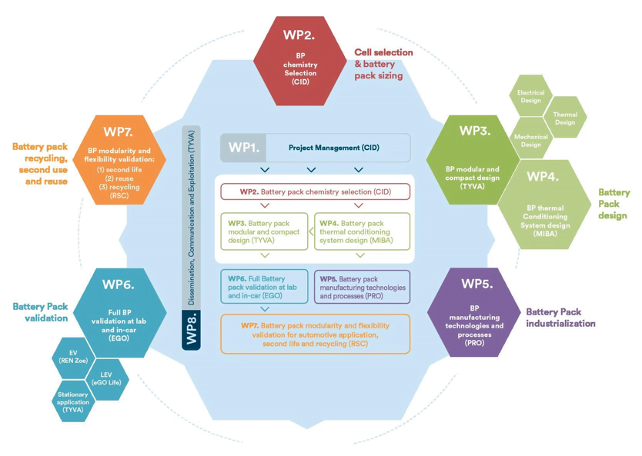
Figure 2: Structure of the iModBatt project
Project results
1. Increase in BP energy density
- Selection of Li-ion commercial high energy density cells for the defined application after electrical, thermal and ageing test:
- Final cell selection according to several parameters with specific weights according to iModBatt project goals:
Table 1: Data to be considered per cell feature for cell selection including importance [%] according to iModBatt goals
![Table 2: Data to be considered per cell feature for cell selection including importance [%] according to iModBatt goals](https://www.2zeroemission.eu/wp-content/uploads/2020/11/Table-2-Data-to-be-considered-per-cell-feature.png)
- BP effective packaging with selected cell to fit to the available volume in the cars while keeping modularity concept and energy density optimization:
- Renault: 13 modules in 7S28P => 2 strings 13 modules in 7S14P
- GO: 13 modules in 7S14P
- Design of a lightweight modular BP structure. Reduction of wiring due to the use of aluminum or copper connection layers on PCBs. Use of low volume thin materials and thermal interface materials to improve thermal conductivity. Figure 3 shows the first REN BP during a check-up test and this video explains the whole iModBatt (dis)assembly concept:
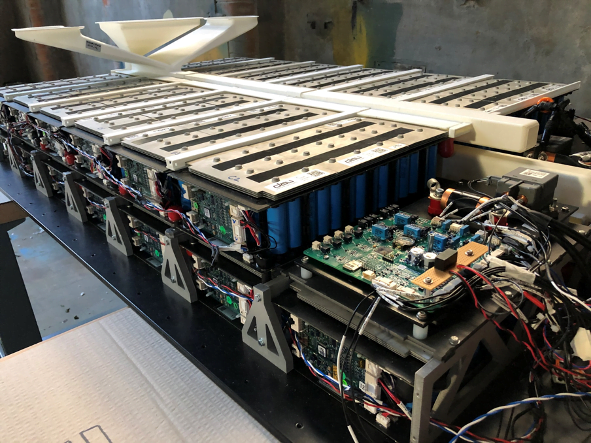
Figure 3: Assembly of the REN BP (during check-up test connected to external devices)
2. Reduction of the BP integration cost
- BP module automated assembly.
- Cell flexibility per module decreases cell availability derived costs.
- BP modularity impacts on production flexibility.
- The increase in the time value of the BP due to the expected life extension reduces the BP production cost.
The proposed solution for the BP module automated assembly is presented in this video and the sketch-to-real life shift has been already fulfilled as indicated in Figure 4:

Figure 4: From conceptual sketch to real set-up of automated battery module assembly Unit.
3. Enhance the value of European SMEs and large industries
- TYVA Energie (SME, France) is the leader of WP3 and WP5, focused on the electrical design and the module automated assembly accomplishment, respectively.
- Freemens (SME, France) lead the BMS customization and power electronics definition.
- MIBA (IND, Austria) is the leader of WP4, focused on the thermal design and more specifically, MIBA design & manufacture the main thermal HW (cooling fins-pipes device).
- Rescoll (SME, France) is the leader of WP7, focused on the modularity and flexibility validation for automotive application, second life and recycling.
- Accurec (SME, Germany) lead the recyclability analysis of the proposed BP modular concept.
4. Eco-design recommendations and defining a smart recycling methodology
- A preliminary Life Cycle Assessment was defined and now it is being updated till the end of the project in March 2021.

Figure 5: BP extended life scenario for LCA calculation
- Based on the achieved data on the tested cells and the bill of material of the iModBatt two BP concepts, a SW has been created to obtain the recyclability degree. The software allows the user defining the input material for recycling and selecting the recycling process from 4 possible routes and dismantling level (until module level, cell level or do not dismantle). The recycling result summarizes all available elements in the selected input BP and their overall recovery rate over the selected recycling process.
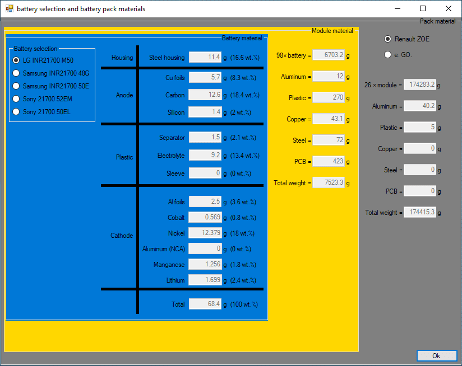
Figure 6: Input material definition for recycling calculation
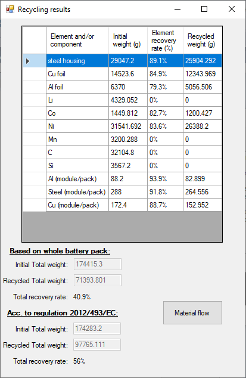
Figure 7: Recycling result of selected recycling process
5. Second life and/or reuse of BP
- A potential reuse and second life scenario has been described between the REN vehicle, EGO vehicle and the TYVA power pack applications. The Consortium is now finishing this analysis to define how/when a BP should be shifted from one scenario to the next one:
Table 4: BP reuse and second life scenarios according to iModBatt (preliminary)
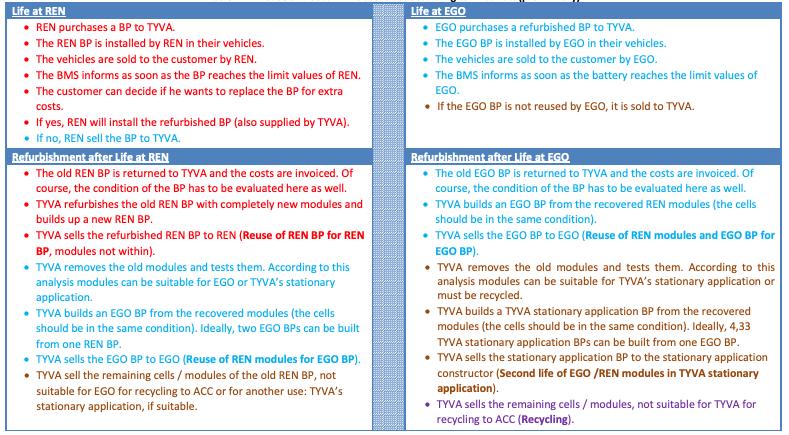
Next steps in iModBatt till the end of the project in March 2021
- BPs will be tested at lab level and integrated in the REN vehicle.
- The automated module assembly unit will be used to build a battery module as proof of concept.
- The LCA will be updated according to the final data.
- The BP reuse and second life use scenarios will be finished.
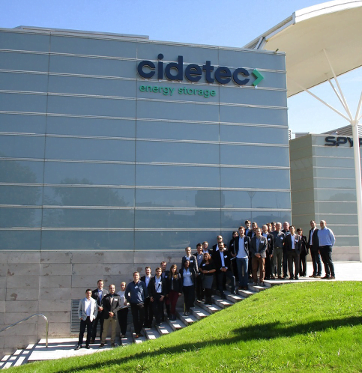
Figure 8: The iModBatt team
Acknowledgement
This project has received funding from the European Union’s Horizon 2020 research and innovation programme under grant agreement no. 770054.
Consortium
The project is developed by a consortium consisting of the following partners under the lead of CIDETEC Energy Storage.
